Some users have complained that their Windows laptop fan keeps running constantly. Even if the laptop is idle, the laptop fan starts running continuously at full speed or high speed with loud noise. For some users, the problem starts from the Windows startup. If you face such a problem, the solutions in this post will be helpful.
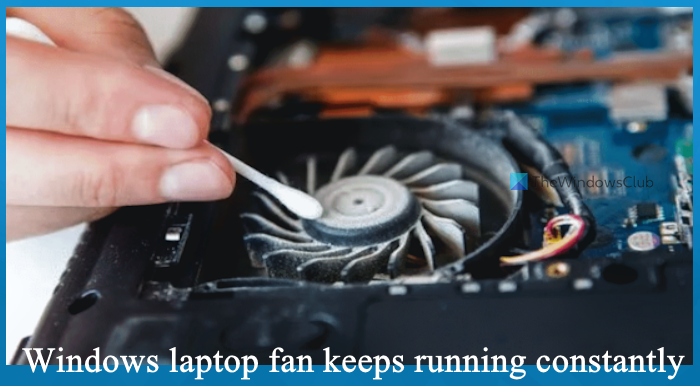
Fix Windows laptop fan keeps running constantly
Use the following solutions if the Windows laptop fan is running constantly and making loud noises:
- Clean the dust from the laptop fan and air vents
- Change the Power mode
- Change Maximum processor state and system cooling policy
- Stop unnecessary background processes and apps
- Stop overclocking
- Use laptop cooling software or a Cooling Pad.
Before proceeding, scan your Windows 11/10 laptop for malware or viruses and update Windows and the Graphics driver.
1] Clean the dust from the laptop fan and air vents
A laptop fan helps cool the processor and other components and it is located at the bottom. Over time, laptop fan(s) may collect dust. And, if the dust is not cleaned, it will obstruct the air circulation which as a result causes the laptop fan to work harder. If this is the case, turn off the laptop, detach the battery, and carefully remove the base panel of the laptop. Blow off or clean the dust from laptop fan fins with or without compressed air.
In addition, you should also clean the air vents of the laptop (located at the bottom or sides) to ensure the airflow is not restricted. Also, use a lint-free cloth to get rid of large pieces of dust from laptop fans and air vents.
TIP: Always keep your laptop on a flat/hard surface to prevent overheating, and improve ventilation and proper airflow.
Related: Surface Laptop is loud and running constantly
2] Change the Power mode
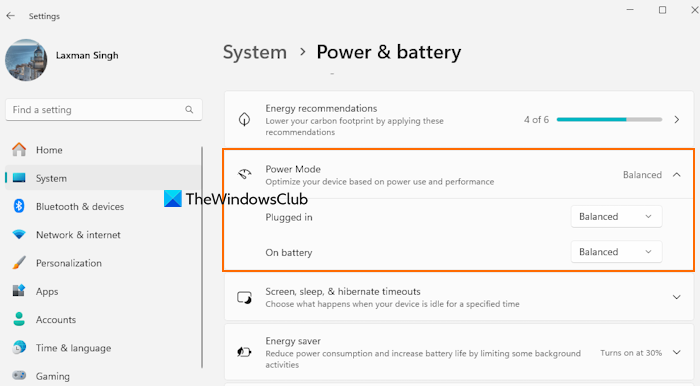
If the power mode is set to Best Performance, it may increase the power consumption and internal temperature of the laptop. So, optimize your laptop based on performance and power use.
For this, open the Settings app > System > Power & battery. Under the Power mode section, change the Power mode and set Plugged in mode and On battery mode to Balanced or Best Power Efficiency.
3] Change Maximum processor state and system cooling policy
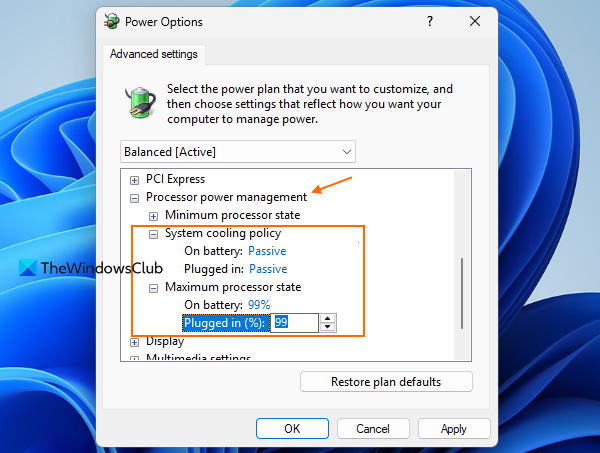
In Power Options, there is a maximum processor state setting that is used for the maximum performance state of your processor. By default, it is set to 100% for On battery and Plugged in mode, which as a result may cause overheating. Because of this, laptop fans may start working at high speed constantly.
Also, the system cooling policy setting helps to keep or maintain the internal temperature of your laptop by adjusting the fan speed and clock speed of the CPU. If the system cooling policy is set to Active, it increases the fan speed before slowing down the processor. If the problem lies here, change the maximum processor state and system cooling policy settings. Here are the steps:
- Open Control Panel > Hardware and Sound > Power Options
- Click on the Change plan settings
- Select Changed advanced power settings. This will open the Power Options box
- Expand the Processor power management section
- Expand the Maximum processor state option and change the percentage level to say 99% or 90% for On battery mode and Plugged In mode
- Change the System cooling policy setting to Passive for Plugged in mode and On battery mode
- Press the OK button.
Restart and see if your Windows laptop fan runs at normal speed. It should work.
4] Stop unnecessary background processes and apps

When we start Windows, many processes and apps run in the background automatically. While some are essential to run, other processes and apps consume system resources unnecessarily making the system components work harder. It may result in overheating, increased fan speed, processor speed, etc. Therefore, it is good to check and stop unnecessary background processes on your Windows laptop.
Open the Task Manager, access the Processes tab, and end the unwanted processes. Also, switch to the Startup apps section and disable the apps that do not need to run when Windows starts.
To stop apps from running in the background, you can use Windows Settings and set Background app permissions to Never or Power optimized for the individual apps.
Read: How to control Fan Speed on Windows Computers
5] Stop overclocking
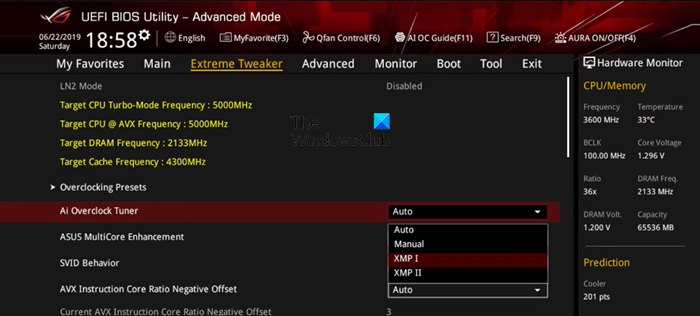
RAM or CPU overclocking is a process to speed up or run these components at a higher speed (beyond the recommendations or manufacturer’s specifications). Though overclocking can help improve the game experience and PC performance, it may also result in overheating and cause laptop components (like laptop fans) to work harder than normal. So, you should stop or disable overclocking and check if this works to run your Windows laptop fan at normal speed.
6] Use laptop cooling software or a Cooling Pad
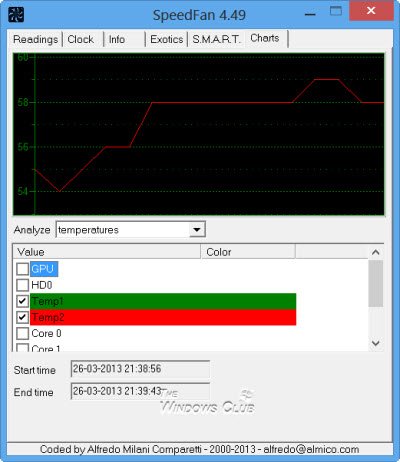
Some manufacturers use built-in features or software (like the HP CoolSense Technology feature in HP Notebooks) to maintain system temperature and performance automatically which can also be helpful to run fans at normal speed when possible. If your Windows laptop doesn’t support or include such a feature, you can use some free laptop cooling software and see if that helps. Additionally, you can buy and use a laptop Cooling Pad that uses active or passive cooling methods to normalize the laptop’s temperature to an extent.
If these solutions don’t help, you may contact customer support.
Read: What to do when your CPU Fan runs at full speed always?
Why is my laptop fan so loud when nothing is running?
Laptop overheating, clogged air vents, malware, unnecessary background apps, and other reasons can be some of the causes for noisy laptop fan issues. If the laptop fan is damaged, it can also cause a loud noise.
Read: Computer light and fan stay on after shutdown
Is it OK for laptop fans to run all the time?
If a laptop fan is running frequently based on your work like playing a high-end game or working with resource-intensive applications, it’s OK and normal as it helps to cool or maintain the laptop’s temperature. However, if the laptop fan is running all the time even if it is idle and there’s always a loud noise, then you should take the necessary action like cleaning the laptop fan, checking the air vents, removing the harmful apps or programs, etc.
Read next: Laptop makes buzzing noise when turned on.